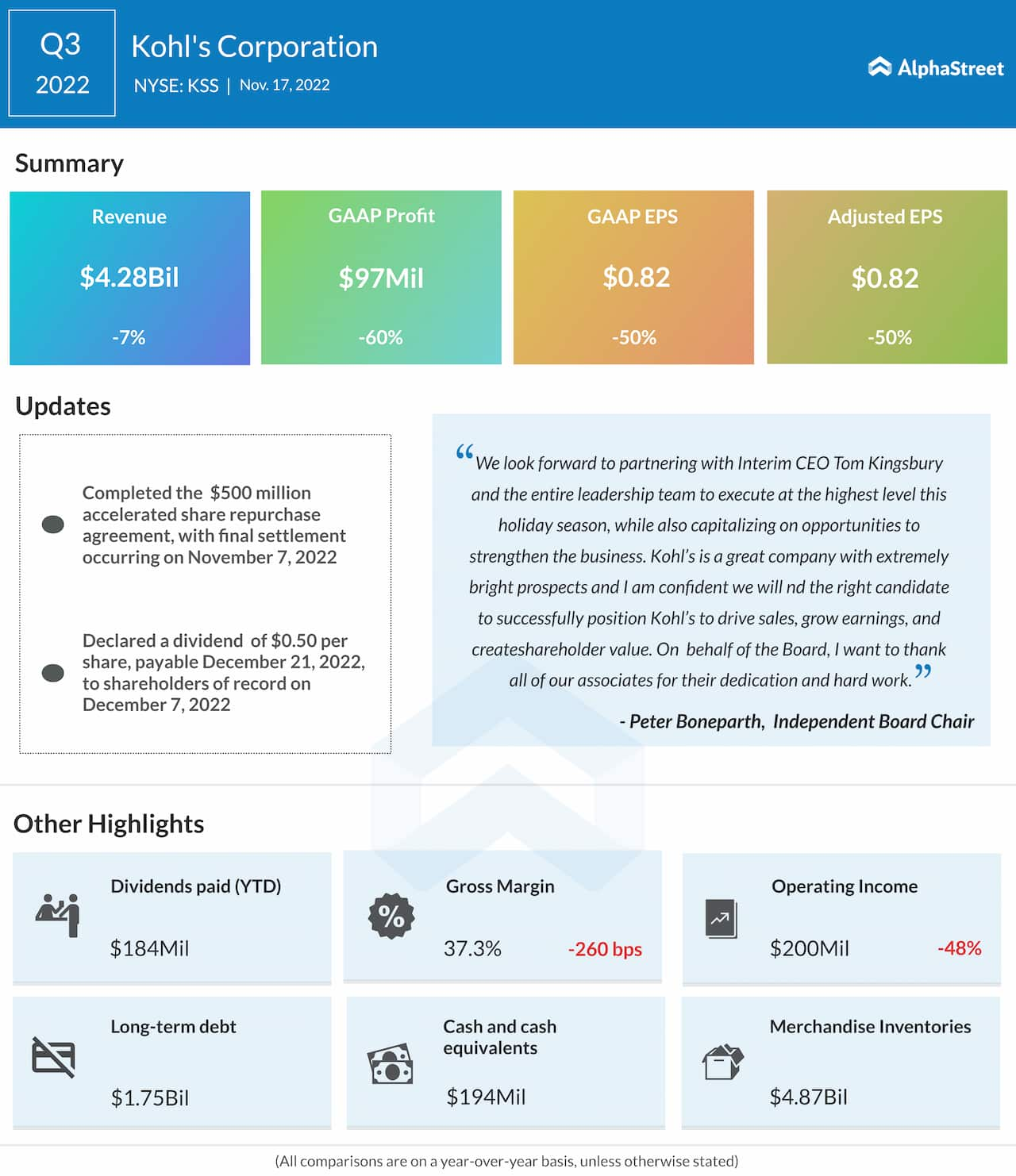Imagine a criminal justice system with such a high degree of effectiveness that 100% of crimes are immediately solved and 100% of the offenders are incarcerated. What sort of prison population would we expect?
Now imagine the opposite extreme, where 0% of crimes are solved. What sort of prison population would we expect?
I suspect that the answer to the first question is “fairly low” and the answer to the second question is “precisely zero.” In the first case, crime wouldn’t pay, so the only crimes would be crimes of passion—say a jealous husband murdering his wife.
In fact, neither of these scenarios describes the US, which has a prison and jail population of nearly 2 million. There’s a sort of Laffer curve effect with crime, whereby (starting from zero) stricter enforcement of laws results in more people in prison, and then beyond some point fewer people in prison.
In the following, I’ll use murder rates, as the accuracy of other crime data is highly suspect due to spotty reporting.
I was born 1955, a time when the annual US murder rate was about 4.5 per 100,000. It rose to a peak of over 10 per 100,000 around 1980, and then fell sharply in the 1990s and 2000s. It was 6.81 per 100,000 in 2021, and seems to have fallen in 2022 (although the national data is reported with an oddly long lag.)
During the 1960s and 1970s, the US adopted a soft on crime approach that contributed to a sharp rise in the crime rate. We moved to the left on the incarceration Laffer curve, toward a more lenient policy. Despite this softer approach, however, the total amount of incarceration actually increased during the 1970s. Crime rates rose faster than punishment rates declined. In the 1980s, we switched back toward a tougher approach toward crime, and for a time the incarceration rate rose even further. Eventually, crime rates fell and incarcerations also declined. In recent years, places like California have moved back to a softer approach to crimes like shoplifting and car theft. Not surprisingly (except to sociologists), the rate of shoplifting is rising. Eventually, voters will demand a crackdown and incarcerations rates for shoplifting will begin rising again.
Here’s an analogy. It is possible that a central bank would have to raise interest rates in order to reduce inflation. But that does not imply that a low inflation world would be expected to feature high interest rates.
Richard Hanania recently attracted some controversy with this tweet:
This is a pretty bleak vision, and one that I do not share. It’s true that we need more effective law enforcement. But I do not believe that a low crime rate requires incarcerating a large share of the black population. In my view, Hanania is overlooking Laffer curve effects.
America’s incarceration rate was far lower in the 1950s than it is today. And yet the murder rate was also lower (and I suspect the overall crime rate was lower as well.)
If you don’t like comparisons over time, how about comparisons across nations? In the UK, blacks are much more likely to be killed than whites. That might seem to support Hanania’s argument, as most murders occur within a given race. But even if British blacks commit murder at a much higher rate than other British residents, the rate seems to be roughly the same as for whites living in America (around 4 per 100,000). And yet the incarceration rate in the UK is far lower than in the US. Not only is a high level of incarceration not the only solution to high rates of crime, it is not even the only solution to high rates of crime in the black community.
The ideal solution is high rates of incarceration and low levels of incarceration. Punishment so certain that the crime doesn’t get committed. The UK isn’t perfect, but it’s much closer to that ideal than is the US. Indeed it’s closer to that ideal even among the black portion of the British population.
The ideal solution is to have a criminal justice system that is so effective that the incentive to commit crimes falls to very low levels. We don’t need “more incarceration”; we need higher rates of incarceration per offense and much lower total levels of incarceration due to lower crime rates. Ending the War on Drugs might also push us toward that goal. During Prohibition, America’s murder rate soared much higher (during both booms and depressions.) After Prohibition was repealed in 1933, our murder rate plunged much lower, despite very high unemployment.
California has recently seen mobs of young people ransacking department stories. This followed a decision to stop prosecuting so-called “minor crimes” such a shoplifting. But shoplifting is not a minor crime—jaywalking is a minor crime.
California needs to take a much tougher approach to crime. But the ultimate goal should not be thousands of young shoplifters rotting in California prisons, rather the ultimate goal should be to return to the situation where mobs of young people were not raiding our department stores. If they don’t do the crime, they won’t have to do the time.
You might argue that there’s no meaningful difference between what I’m saying and what Hanania is saying, as we both favor a “tough on crime” approach. But his fatalistic vision seems much less likely to lead to the sorts of changes that are actually needed. Hanania implies we don’t have the “stomach” for policies with a “disparate impact”. But our criminal justice policies already have a hugely disparate impact, so he’s clearly wrong on that point. And contrary to popular opinion, voters in black neighborhoods typically do not favor a “defund the police” approach to crime. Many are concerned about their safety and wish more money was spent on protecting their lives and property. I suspect they understand the difference between high rates of incarceration and high levels of incarceration. And they also understand that more police on the streets can reduce crime for any given level of incarceration.
PS. In this post, I’ve focused on how prison can deter crime. But other approaches are likely to be far more effective, including putting more police on the streets and ending the War on Drugs.
PPS. Hanania’s tweet seems aimed at liberals. But he might also have asked how many Americans have the “stomach” to enforce our tax laws (and which political party lacks the stomach to enforce those laws)? How many Americans have the stomach to enforce our laws against trying to interfere in Georgia elections? How many Americans have the stomach to enforce laws on stealing classified documents, or lying to law enforcement officers after the crime is uncovered? I’m not encouraging people to be “woke”, but unconscious bias is a real thing.
PPPS. I’ve ignored the issue of gun control, as it’s orthogonal to my claims here. My argument does not depend on whether gun control is or is not a good idea, or the extent to which it explains the low UK murder rate. Gun control may or may not be wise, but it is clearly not mass incarceration. If you wish to raise the issue of guns, ask whether Americans have the “stomach” to enforce our existing gun laws.














